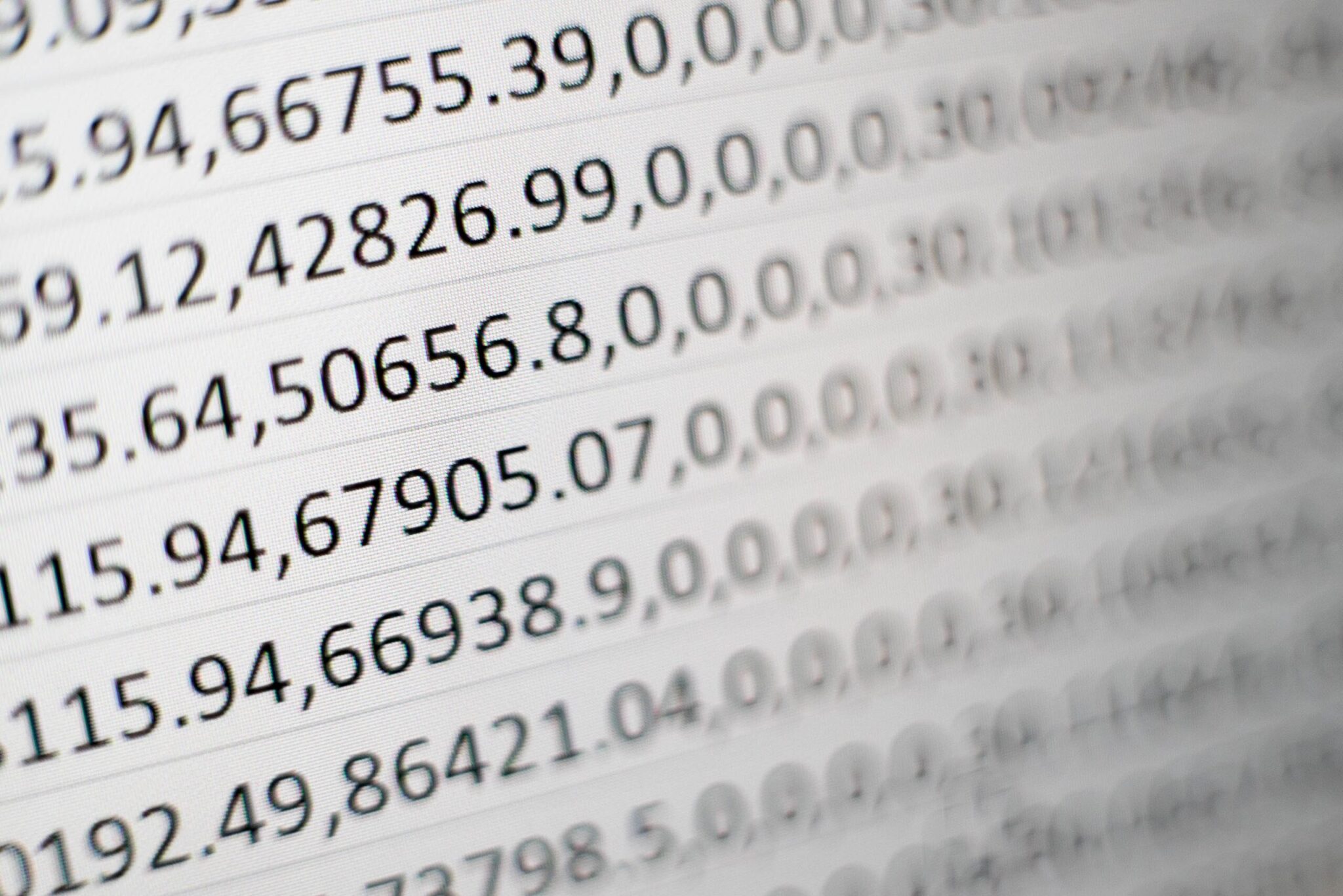By DAVID BAUDER AP Media Writer
NEW YORK (AP) — The one thing most likely to conjure nightmares of the 2016 election night for opponents of President Donald Trump is the Needle.
A graphic on The New York Times’ website, the Needle measured in real time the probability of victory for Trump or Hillary Clinton as votes were counted. Its steady movement triggered anxiety for Clinton supporters, who repeatedly refreshed the page, and elation for Trump fans.
There’s no sign that the Needle will be making a reappearance on Nov. 3, which would be one change in the world of election probability gurus following the unexpected 2016 result. Nate Silver’s influential FiveThirtyEight blog used a number, not a needle, for the same task four years ago but won’t on election night 2020.
Silver said the change had more to do with uncertainties created by the high volume of early voting this year than any failures in 2016.
“I just think people need to be exceptionally careful,” he said.
Silver has been a pioneer in the specialized field of statistic experts who crunch the growing number of public opinion polls to put them in a broader context. Nate Cohn of the Times and his blog The Upshot, is also a leader.
They amplified the shock of 2016 by predicting a high probability of a Clinton victory. Samuel Wang of the Princeton Election Consortium said she had a 93% chance of victory — a call that later led him to eat a cricket live on CNN as penance.
Cohn went into election night saying Clinton had an 85% chance of winning, and that served as the Needle’s baseline. The graphic was a meter, shaped like a half-clock, with outcomes that ranged from a “very likely” Clinton win to the same for Trump.
At 8:02 p.m. Eastern time on election night, the Needle pointed sharply to the left, and a “likely” Clinton win. It moved to the right as results came in. By 10 p.m., the pointer headed into the “toss-up” category and, less than two hours later, was “leaning Trump.”
You know how the story ended.
In later mea culpas, pollsters noted they weren’t far off in predicting Clinton’s advantage in the popular vote. Crucial state polls in Michigan, Pennsylvania and Wisconsin had been wrong, however, and that was enough for Trump to win the Electoral College.
Silver was more cautious heading into election night; his final forecast gave Clinton a 71% chance of winning and Trump a 29% likelihood. For that, he was criticized by those who couldn’t conceive of a Trump win.
While a 29% chance may not seem like much, Silver notes that a .290 batting average is pretty decent for a Major League baseball player. That’s where the probability experts acknowledge their weakness, in communicating that a Trump victory was not impossible.
Cohn later wrote, “We failed at explaining that an 85% chance is not 100%.”
“We think people should have been better prepared for it,” Silver wrote after the election. “There was a widespread complacency about Clinton’s chances in a way that wasn’t justified by careful analysis of the data and uncertainties surrounding it.”
When the Times announced before the 2020 Democratic primaries that the Needle would return, it provoked an anxious response encapsulated in a Rolling Stone magazine headline: ” The New York Times Needle and the Damage Done.”
But that response has a lot to do with perspective. The newspaper’s readership, like the city itself, is heavily liberal.
“It performed exactly as we had hoped,” Cohn wrote in 2018, “and, frankly, if more readers and journalists were conservative, they would have seen it … as the leading indicator of a thrilling upset.”
The Times didn’t make Cohn or any other editor available for an interview, so the Needle’s fate is shrouded in some mystery. Times media writer Ben Smith quoted a top editor in August as saying the paper was looking at a “range of tools” as alternatives to what Smith described as “the single, predictive needle that offered readers false confidence in 2016.”
The probability experts aren’t shying away from predictions this year. Silver’s site said Saturday its computers had simulated the election 40,000 times, and Democrat Joe Biden won in 87% of them.
The Upshot said Biden would win 357 electoral votes if the polls through Saturday were correct, while Princeton put him at 358 electoral votes — both enough for a comfortable victory.
FiveThirtyEight has consciously given its election forecast a less prominent spot on the website this year, Silver said. That’s not to signal a lack of confidence, but is being done to make it harder for followers to obsess over it.
The election night probability estimate is being replaced by an interactive tool that will allow readers to click and see what it does for the final result if individual states go one way or another.
Wang’s Princeton site has an intriguing “Moneyball” feature that calculates where a person’s vote has the greatest value, based on a state’s population and the closeness of the polls. Currently, he puts voters in Nevada, Arizona and Maine’s 2nd Congressional District at the top.
“Looking back on polling errors is missing the point this year,” Wang said. “The point this year is whether we’re going to have orderly and fair elections.”
Silver said the average person probably had too much confidence in the polls in 2016 and now it has shifted in the other direction. They may be going out of their way to take seriously the chances Trump can win.
“I can’t control what people think,” he said. “I can only control that we’re doing the best work that we possibly can.”
This story has been corrected to show that comments about alternatives to the Needle were in an August column, not a blog post last week, and that Times editors have stopped short of confirming the Needle will not return for the election.




